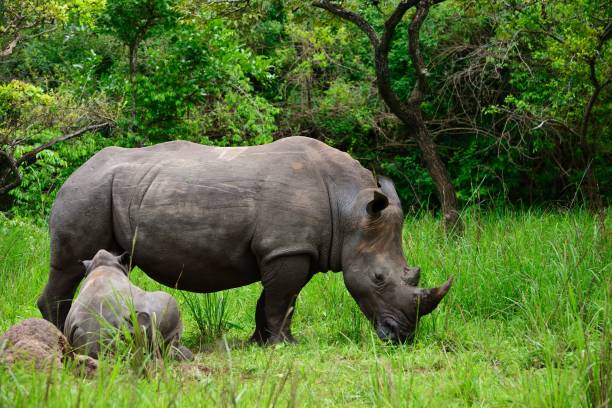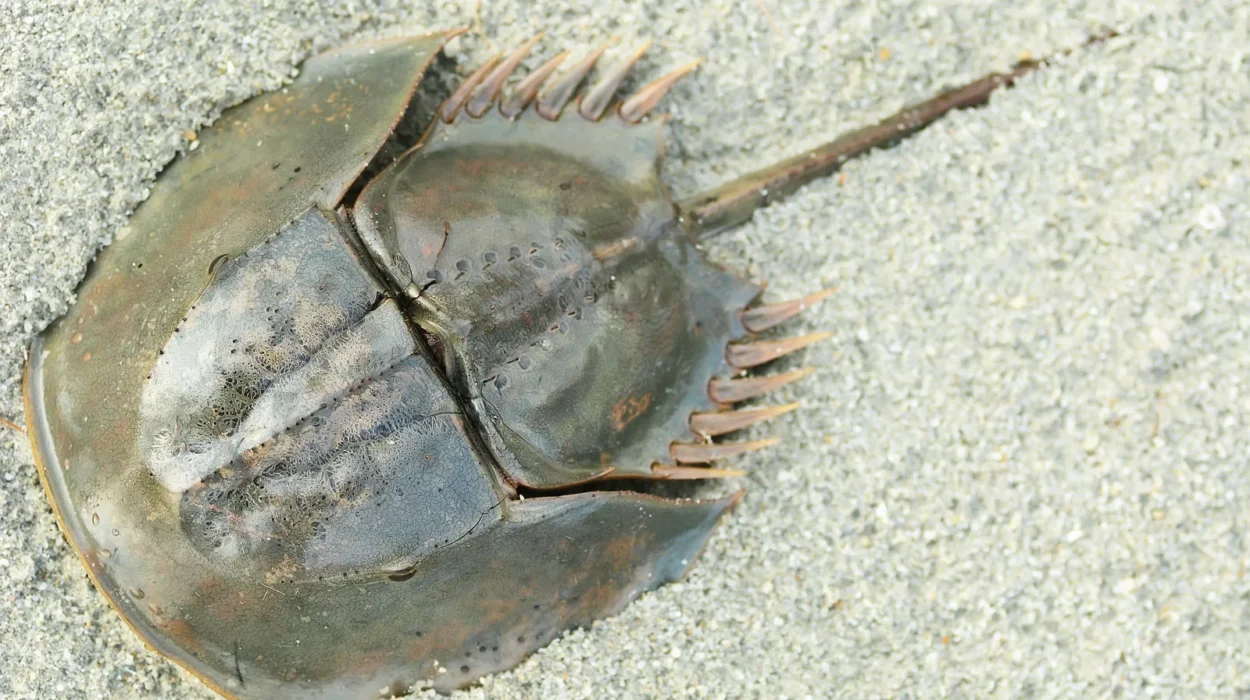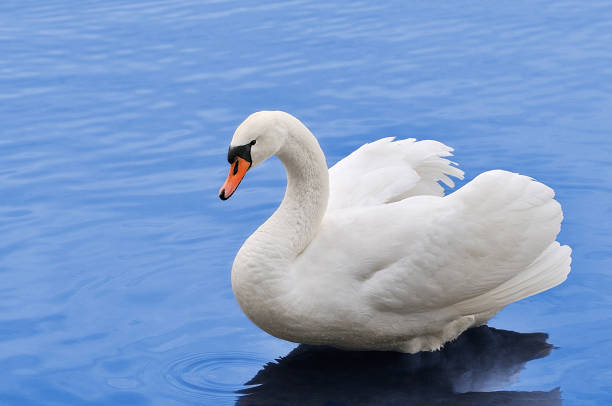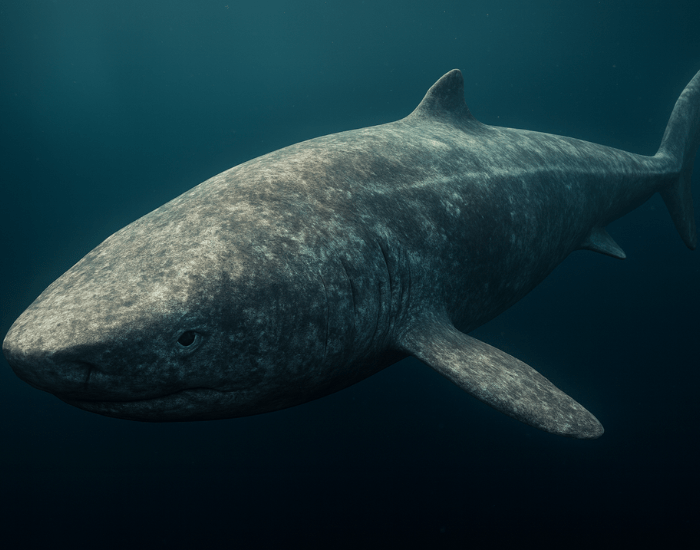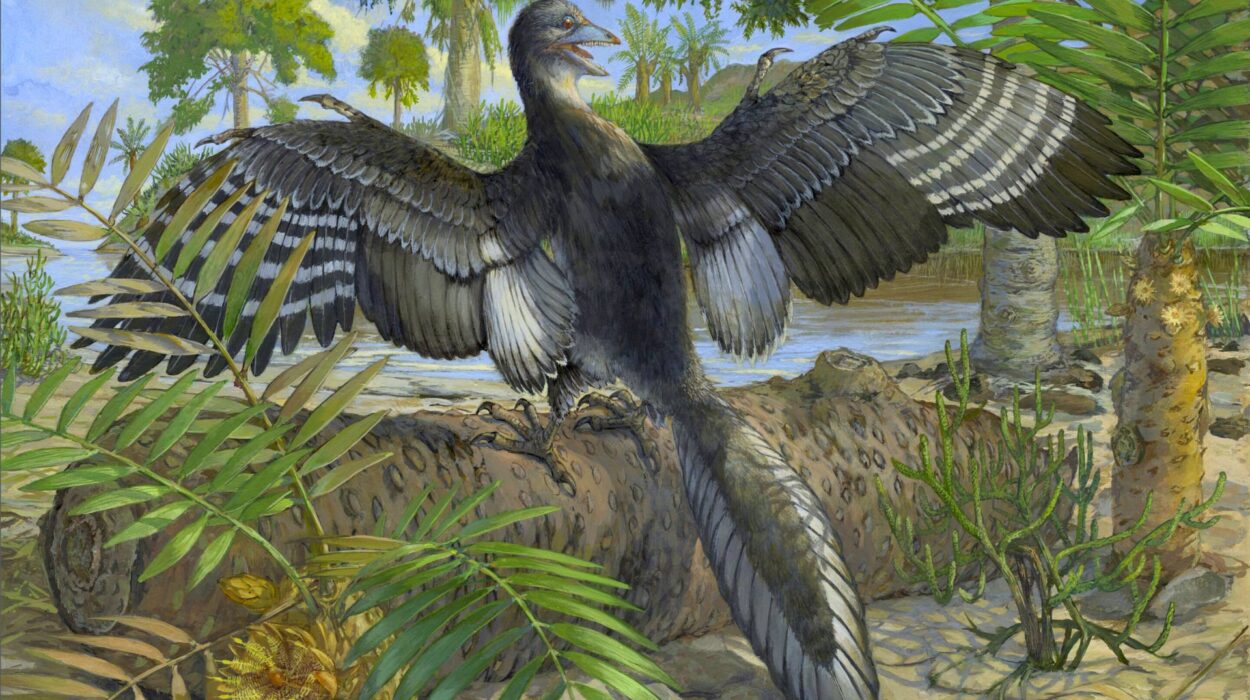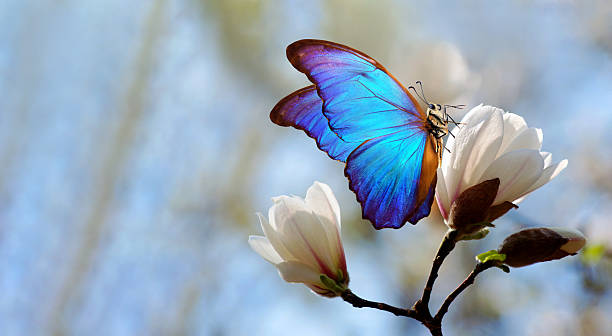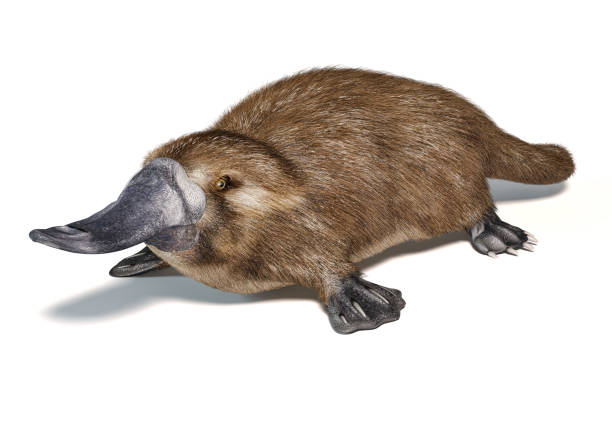Every living creature on Earth is a thread in the great web of life—a connection woven over millions of years of evolution. Yet today, that delicate web is fraying. From the deep jungles of Borneo to the icy waters of the Arctic, countless species stand on the brink of extinction. Their stories are not just tales of loss; they are reflections of humanity’s choices, our relationship with the planet, and the hope that still flickers within conservation efforts.
As we explore these ten endangered animals that could vanish forever, we are reminded that each of them is more than just a number on a list—they are living testaments to nature’s brilliance, resilience, and vulnerability.
1. Amur Leopard – The Ghost of the Forest
Hidden deep within the cold forests of Russia’s Far East and northeastern China lives the Amur leopard, one of the rarest big cats on Earth. With its magnificent golden coat and black rosettes, it moves silently through the snow, a ghostly figure of grace and power.
Once ranging across Korea, China, and parts of Russia, the Amur leopard has been driven nearly to extinction by habitat destruction, poaching, and prey depletion. In the early 2000s, fewer than 40 individuals remained in the wild. Though recent conservation efforts have doubled that number to around 100, it’s still perilously close to extinction.
The threats to the Amur leopard are complex. Illegal logging and human expansion continue to destroy the dense forests it needs to hunt. Poachers kill them for their fur, and hunters take away their prey—deer and hares—leaving little for these leopards to eat.
But there is hope. Protected reserves such as the Land of the Leopard National Park in Russia have been established to safeguard them. Hidden camera traps capture rare glimpses of cubs—signs of slow recovery. The Amur leopard’s story is one of resilience against all odds, a reminder that even the faintest heartbeat of a species can echo into survival if we choose to protect it.
2. Javan Rhino – The Last of Its Kind
The Javan rhinoceros is one of the world’s most critically endangered mammals. Once spread across Southeast Asia, it now survives only in a single place: Ujung Kulon National Park in Indonesia. Fewer than 80 individuals remain.
This species, with its small, single horn and armor-like skin folds, is a relic of the Ice Age—one of nature’s ancient survivors. But despite surviving millennia of environmental change, it may not survive humanity’s shadow.
The Javan rhino’s extinction is driven by habitat loss, illegal hunting, and disease. Its last refuge lies in a region vulnerable to tsunamis and volcanic eruptions, meaning a single natural disaster could wipe out the entire population.
Yet there is determination among conservationists. Rangers patrol the park day and night to prevent poaching. Scientists monitor water sources and food plants to ensure the rhinos have enough to survive. Every birth is celebrated as a miracle—a fragile sign that life refuses to give up.
The Javan rhino is a living symbol of both nature’s endurance and its fragility. Its continued existence depends entirely on our willingness to protect it.
3. Sumatran Orangutan – The Thinker of the Trees
Deep in the rainforests of Sumatra lives a creature that looks back at us with haunting familiarity—the Sumatran orangutan. With expressive eyes, human-like hands, and a mind capable of tool use and empathy, this great ape reminds us of our shared ancestry.
But their numbers are dwindling rapidly. Only around 14,000 remain in the wild, and they are losing their homes to palm oil plantations, illegal logging, and mining. As forests fall, so do the chances for these intelligent beings to survive.
Sumatran orangutans are arboreal masters, spending nearly their entire lives in trees. They build elaborate nests every night and use sticks as tools to fish for insects or extract seeds. Mothers nurture their young for up to eight years, teaching them everything they need to know—just as humans do.
Every orangutan lost is a tragedy, not only for its species but for humanity’s moral conscience. Yet sanctuaries and reforestation projects are working tirelessly to save them. Efforts to make palm oil production sustainable are helping too. The fight to save the orangutan is, in truth, a fight to preserve the forests that sustain life itself.
4. Hawksbill Sea Turtle – The Jewels of the Ocean
With its beautifully patterned shell and graceful movement, the hawksbill sea turtle glides through coral reefs like a living jewel. But this ocean wanderer is in peril. Once abundant across tropical waters, it is now critically endangered, with global populations declining by more than 80% in the last century.
The hawksbill’s beauty is its curse. For centuries, people have hunted it for its stunning shell—used to make jewelry, ornaments, and luxury goods. Despite international bans, illegal trade continues. Climate change and ocean pollution add new threats: coral bleaching destroys their feeding grounds, and plastic waste kills thousands of turtles every year.
Yet these turtles are vital to ocean ecosystems. By feeding on sponges, they keep coral reefs healthy and balanced. Without them, entire marine systems could collapse.
Conservationists are now working globally to protect nesting beaches and stop illegal trade. In many coastal communities, hawksbills have become ambassadors for marine protection—a living call to restore the oceans. Every hatchling that crawls into the sea carries not just its own destiny, but the hope of an entire species.
5. Mountain Gorilla – The Gentle Giant
High in the misty mountains of central Africa, among the bamboo forests of Rwanda, Uganda, and the Democratic Republic of Congo, lives one of the world’s most awe-inspiring creatures: the mountain gorilla.
Massive yet gentle, these apes share 98% of their DNA with humans. They live in close-knit family groups led by a dominant silverback who protects and guides them. Their eyes, filled with intelligence and tenderness, reflect a quiet dignity that captivates all who meet them.
Decades ago, they were on the brink of extinction due to poaching, habitat destruction, and war. Only a few hundred remained. But thanks to tireless conservation efforts, including anti-poaching patrols and community-based tourism, their numbers have risen to over 1,000—a remarkable success story in conservation.
Still, their survival remains precarious. Disease transmission from humans, habitat loss, and political instability continue to threaten them. Mountain gorillas remind us that coexistence between humans and nature is possible—but it requires constant care, respect, and vigilance.
6. Vaquita – The Ocean’s Most Endangered Mammal
In the Gulf of California swims the vaquita, a tiny porpoise so rare that fewer than 10 individuals are believed to remain. Known as the world’s most endangered marine mammal, the vaquita is on the very edge of extinction.
These small, shy creatures—no larger than a human—are victims of bycatch from illegal fishing operations. They become entangled in gillnets used to catch another endangered species, the totoaba fish, whose swim bladders are prized in traditional Chinese medicine.
Despite bans and international attention, illegal fishing continues, pushing the vaquita closer to oblivion. Conservationists have called the situation a “race against time.”
The tragedy of the vaquita is not just its rarity, but the speed of its decline—an entire species lost within decades. Yet it also represents a call for urgent action: to protect marine life, enforce sustainable fishing, and value biodiversity over greed. The fate of the vaquita is a mirror reflecting our collective responsibility toward the oceans.
7. Sumatran Tiger – The Stripes of the Shadow Forest
The Sumatran tiger, the smallest and rarest of all tiger subspecies, prowls through the dense rainforests of Indonesia like a living shadow. Its orange coat and bold black stripes blend perfectly with the jungle’s dappled light.
Once found across the Sunda Islands, this majestic predator now survives only on Sumatra. Fewer than 400 individuals remain. The reasons are heartbreakingly familiar—deforestation, illegal hunting, and conflict with humans.
Each tiger needs vast territory to hunt, but palm oil plantations and logging have carved their habitat into fragments. Poachers target them for their bones, skins, and other body parts, feeding a black market that refuses to die.
Still, there is hope. The Indonesian government, together with global organizations, is working to protect and restore tiger habitats. Villagers are being trained to coexist peacefully with these big cats. For every tiger saved, an entire ecosystem breathes easier—because where tigers thrive, forests flourish.
8. Asian Elephant – The Endangered Giant of the East
The Asian elephant is a symbol of wisdom, memory, and strength. For millennia, it has shared its lands with humans, shaping cultures, religions, and economies. But now, this gentle giant faces a silent crisis.
Across Asia, fewer than 50,000 wild elephants remain, and their numbers continue to fall. Habitat fragmentation, human conflict, and poaching for ivory and skin are driving them toward extinction. Expanding agriculture and cities cut through their ancient migration routes, forcing elephants into dangerous encounters with people.
Asian elephants are highly social and emotional. They grieve their dead, form lifelong bonds, and communicate through deep rumbling sounds that travel miles. Losing them means losing one of the planet’s most emotionally complex and intelligent beings.
Conservationists are developing “elephant corridors” to allow safe migration and reduce conflict. Eco-tourism programs and community education are helping people see elephants not as threats, but as neighbors worthy of protection.
Their survival depends not on isolation, but on coexistence—a balance between human progress and the wilderness that gave birth to it.
9. Snow Leopard – The Phantom of the Mountains
High in the Himalayas, among glaciers and rocky cliffs, the snow leopard reigns as one of the most elusive predators on Earth. Its thick, smoky-gray fur and piercing eyes have earned it the title “ghost of the mountains.”
Only around 4,000 to 6,000 snow leopards remain, scattered across 12 Asian countries. They face poaching, shrinking habitats, and loss of prey due to climate change and human encroachment.
Snow leopards are vital to mountain ecosystems, keeping populations of herbivores like ibex and blue sheep in balance. But as herders expand into higher elevations, conflicts arise, leading to retaliatory killings when leopards prey on livestock.
Conservationists are turning herders into protectors—offering livestock insurance, building predator-proof pens, and promoting snow leopard tourism that brings economic benefits to local communities.
The snow leopard’s survival depends on more than protection; it depends on harmony between humans and nature in one of the planet’s harshest, most beautiful places.
10. Kakapo – The Night Parrot of New Zealand
Meet the kakapo: a chubby, moss-green parrot that cannot fly, smells like honey, and comes out only at night. Native to New Zealand, this bird is unlike any other on Earth—a comical, wise, and deeply endangered creature that has stolen hearts worldwide.
Once common across the islands, the kakapo nearly vanished after the arrival of humans and their introduced predators like cats and stoats. By the 1990s, only about 50 individuals were left. Thanks to one of the most intensive conservation programs ever attempted, there are now over 200.
Kakapos are slow breeders; females lay eggs only when native fruit trees produce a good crop. Each chick is cared for like a treasure, monitored by scientists and volunteers who watch every nest through remote cameras.
Despite its fragility, the kakapo has become a global symbol of hope. It reminds us that with dedication, humor, and heart, even a species once written off as extinct can rise again.
The Shared Fate of All Living Things
Each of these animals represents more than a species; they are living stories of resilience, beauty, and warning. Their struggle for survival mirrors the larger struggle of our planet against deforestation, pollution, and climate change.
When an animal goes extinct, it is not just a loss of life—it is the loss of millions of years of evolution, the silencing of a voice in nature’s eternal symphony. But extinction is not inevitable. Around the world, conservationists, scientists, and ordinary people are proving that love, awareness, and action can turn despair into recovery.
The Call to Remember and Protect
Our generation stands at a turning point. We can continue on a path that silences forests, empties oceans, and leaves the Earth barren—or we can choose to protect what remains, to become stewards rather than destroyers.
The fate of the Amur leopard, the Javan rhino, the kakapo, and countless others lies in our hands. Their survival depends on the choices we make today—choices that will echo through time.
In the end, protecting endangered species is not just about saving them. It is about saving the best parts of ourselves—the compassion, curiosity, and wonder that make us human. For as long as these creatures live, so too does the hope that we can live in harmony with the wild, not above it.
